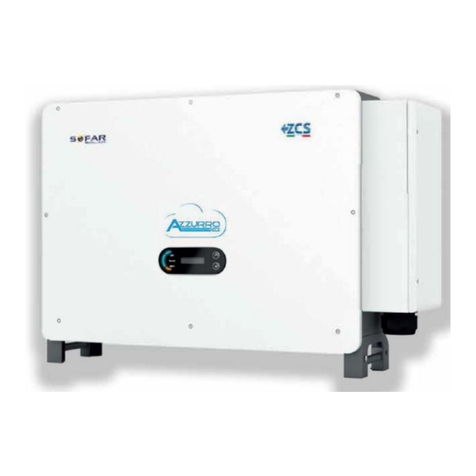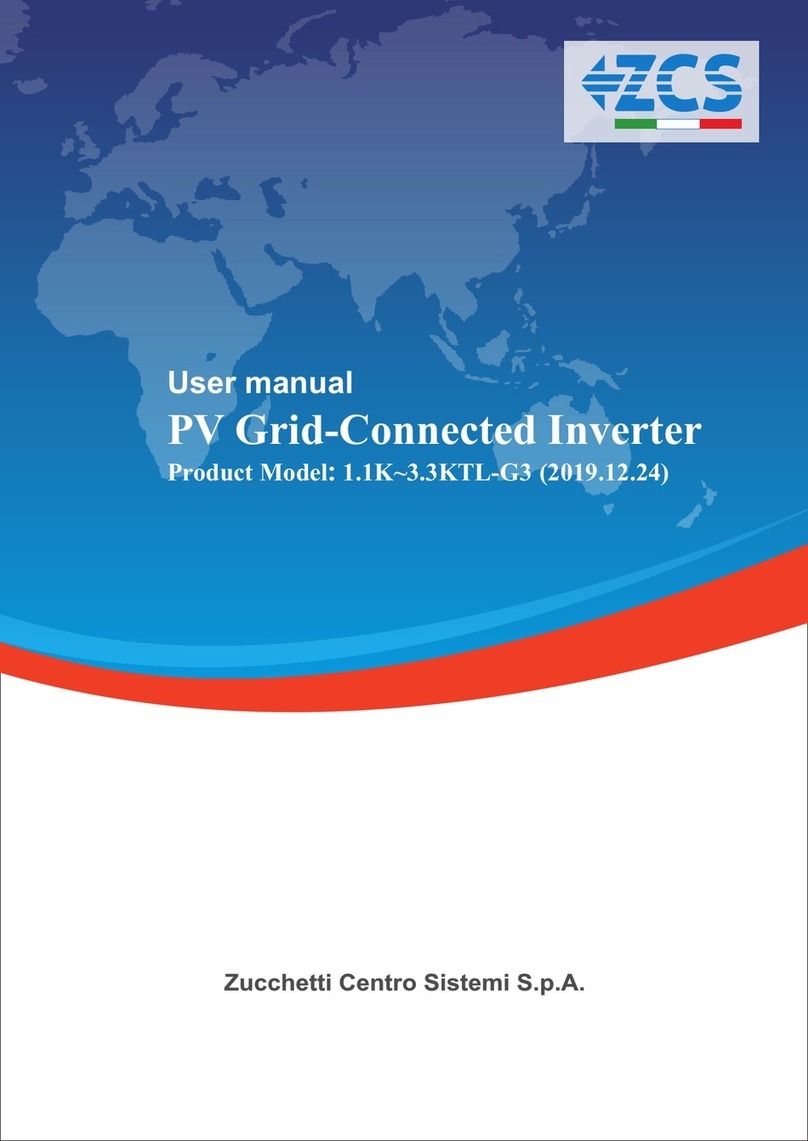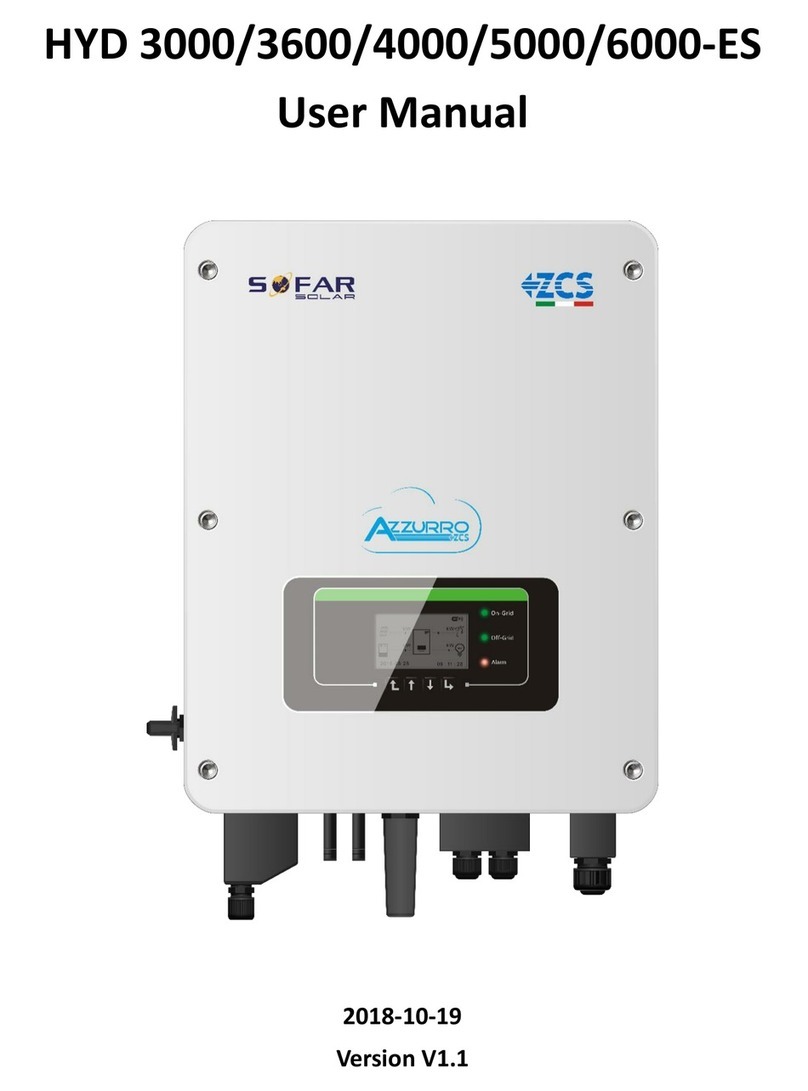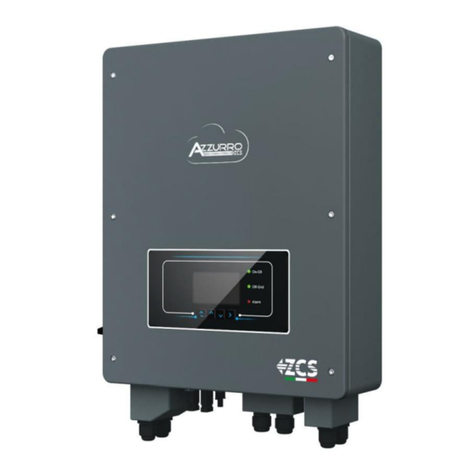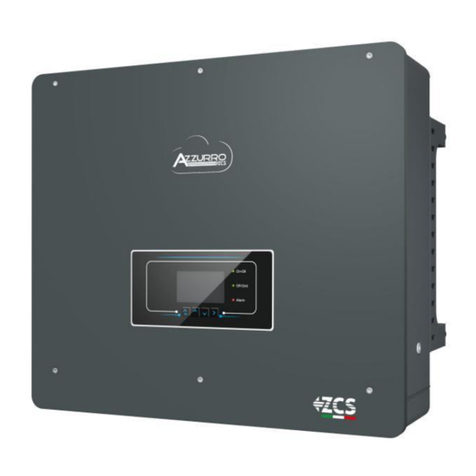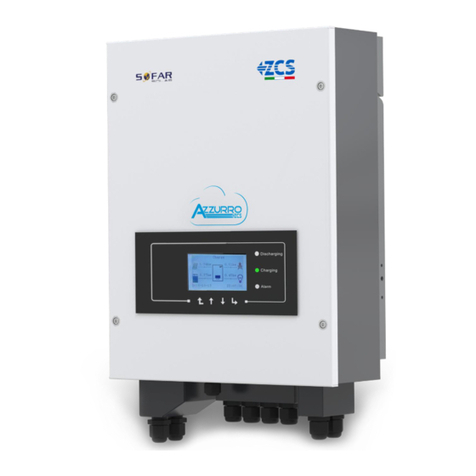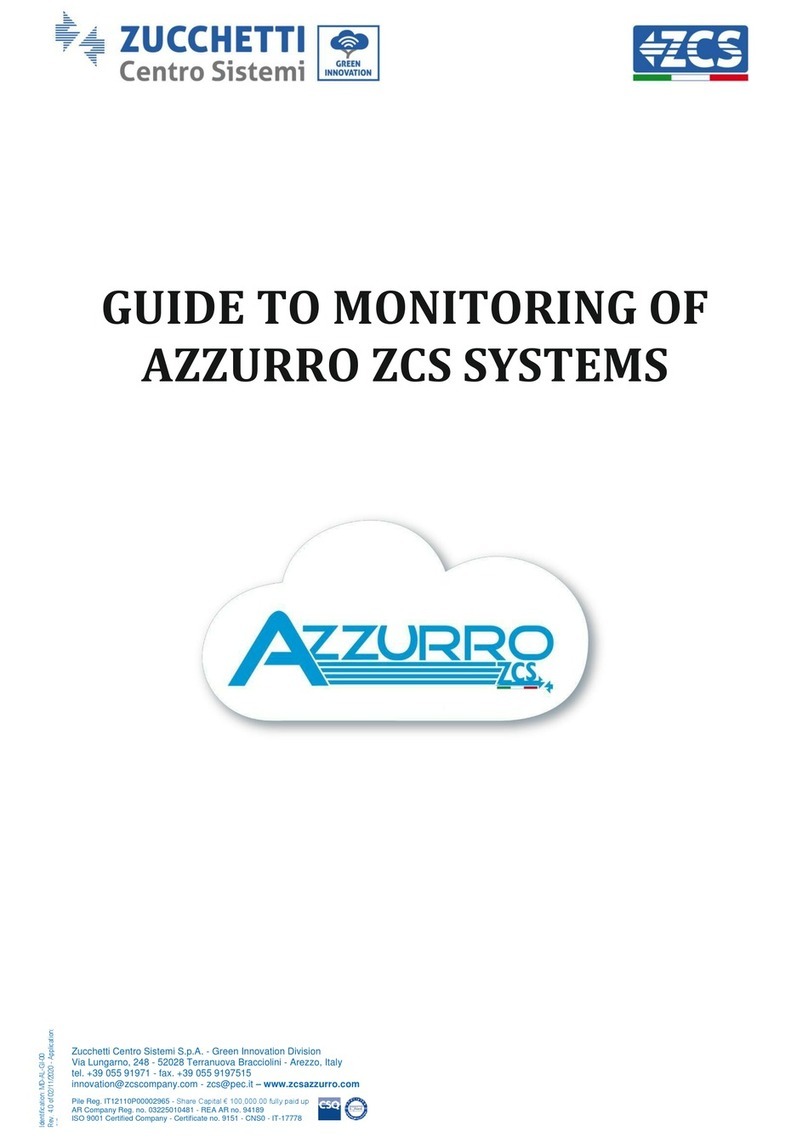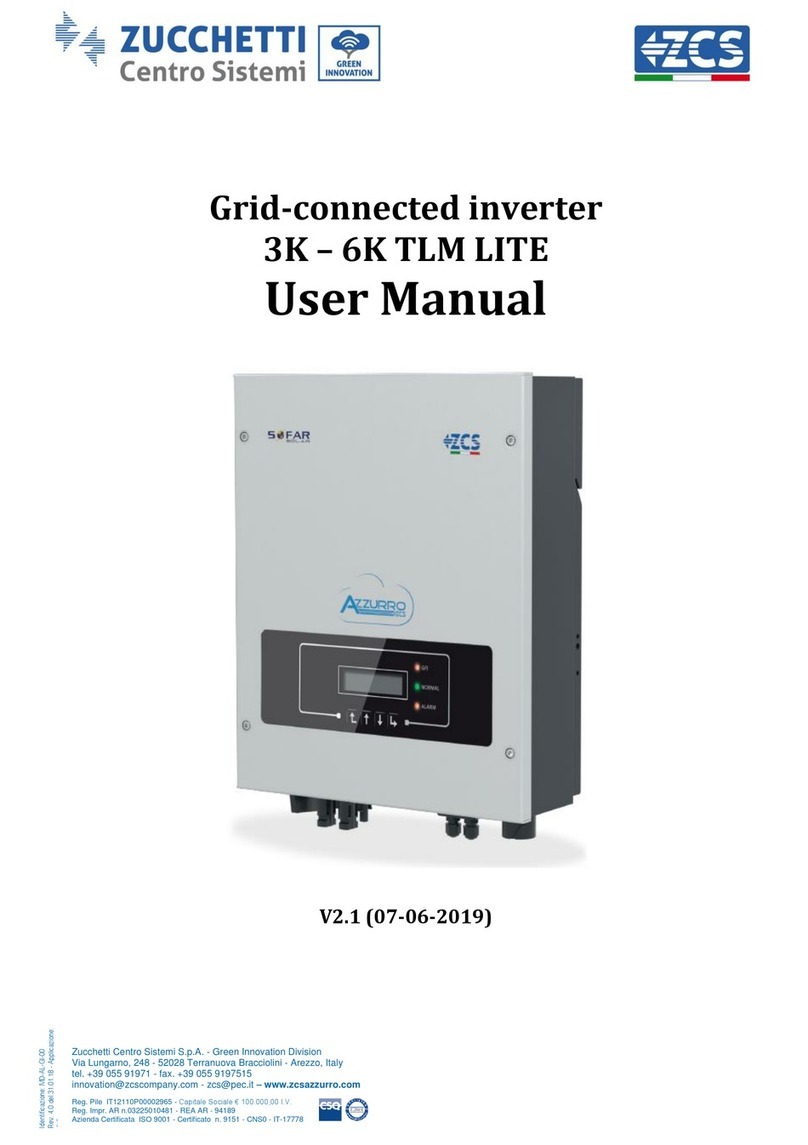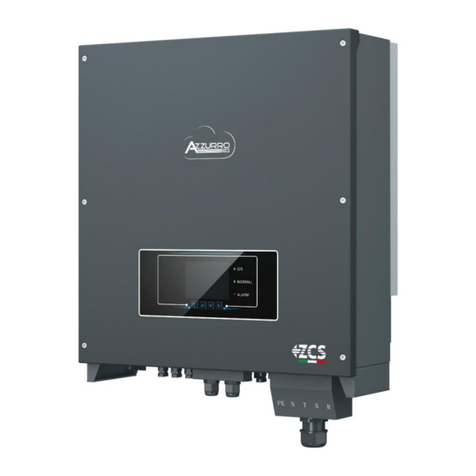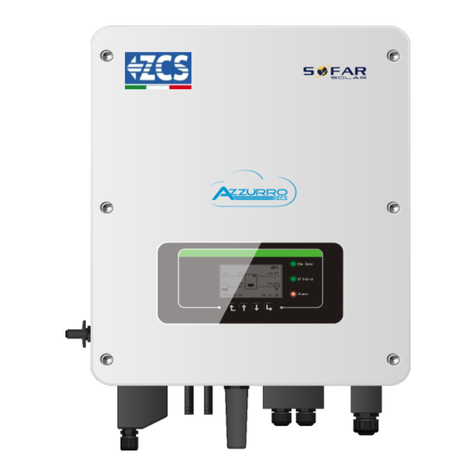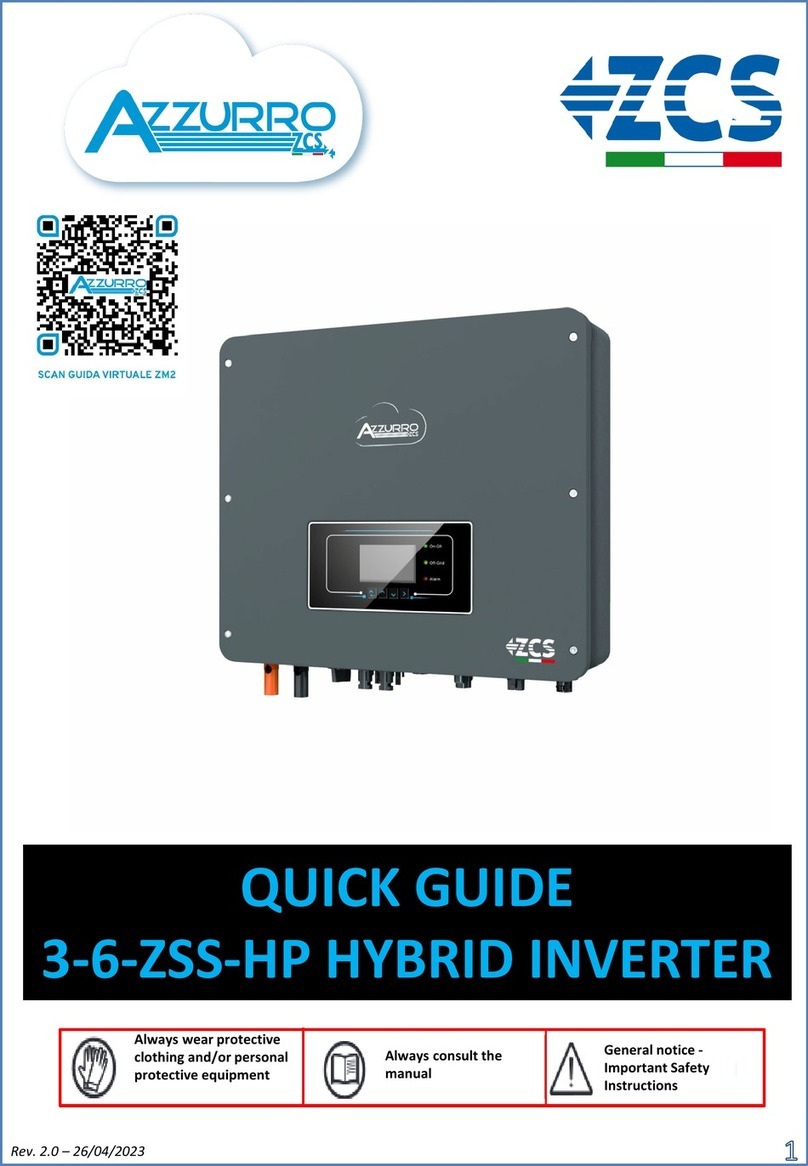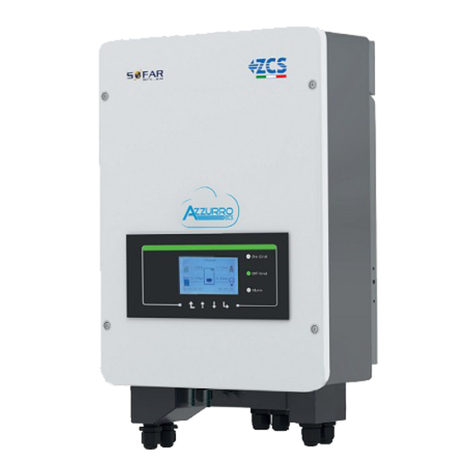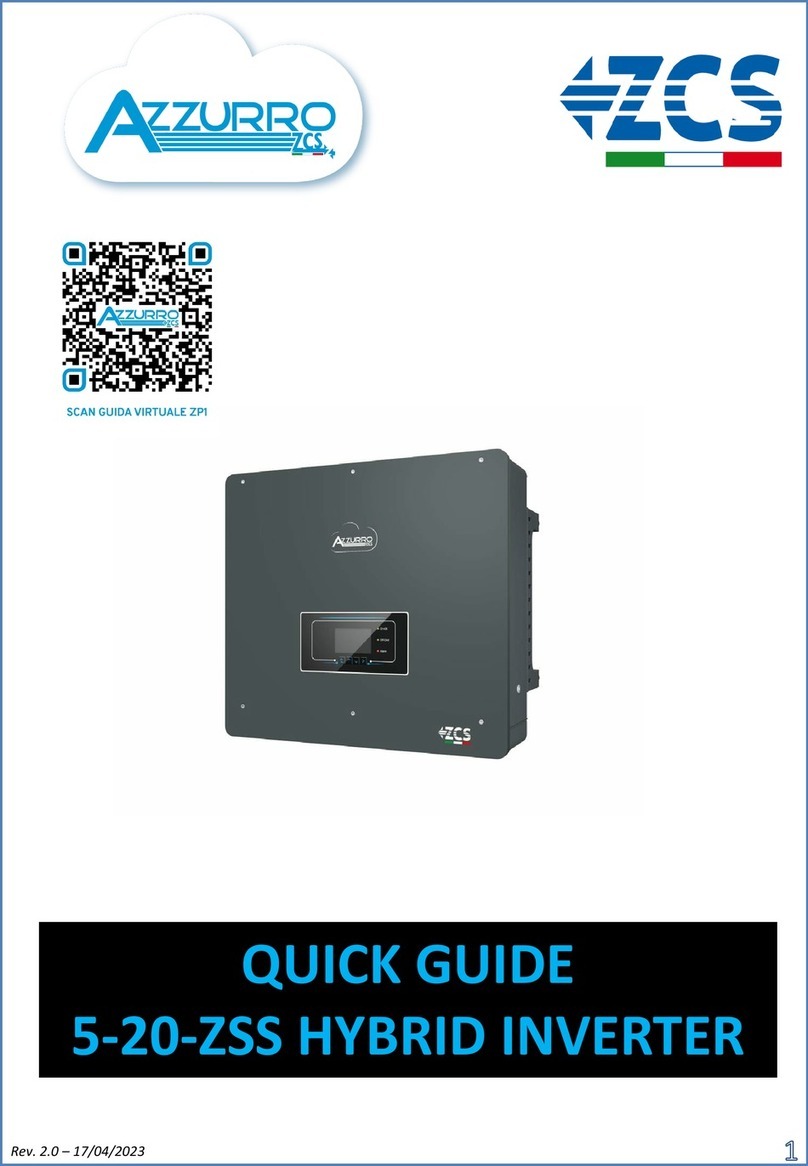
Basic safety information
1
Outlines of this chapter
safety instruction
It mainly introduce the safety instruction when install and operate the . 20~33KTL-G2
1.1 Safety instructions
Note
Symbols and signs
It mainly introduce the safety symbols on . 20~33KTL-G2
20~33KTL-G2 must be installed according to the national and local grid standard and law.
Read and understand the instruction of this manual ,and be familiar with relevant safety
symbols in the paragraph, then start to install and debug the equipment.According to the
national and state requirements, before connect the grid ,you must get power department
permission, and perform the operation only by qualified electrical engineer.Before installing
and maintaining the equipment, you should cut off the high voltage application of PV array.
You can also open the switch of Solar Array Combiner to cut off the high voltage. Otherwise,
serious injury may be caused.
Qualified persons
Assembly situation requirements
Please install and start inverter according to the following sections. Put the inverter in
appropriate bearing capacity objects(such as wall and components and so on), to ensure that
inverter vertical placed. Choose suitable place for installing electrical equipment. And assure
enough fire exit space, convenience for maintenance. Maintain proper ventilation, and
ensure that have the enough air cooling cycle.
Transport requirements
Electric connection
Please comply with all the current electrical regulations about accident prevention in dealing
with the current inverter.
Before the electrical connection, make sure to use opaque material to cover the
PV modules or to disconnect PV array DC switch. Exposure to the sun, PV array
will produce a dangerous voltage!
Danger
Warning
Attention
All installation accomplished only by professional electrical engineer!
Only get permission by the local power department and complete all electrical
connection by professional electrical engineer then connect inverter into grid!
must be trained;
Completely read the manual operation and understand relevant matters.
Electrical installation and maintenance shall be conducted by qualified
electrician and shall comply with national wiring rules.
1 2
Body sign and protection
There are warring signs on the body of 20~33KTL-G2 ,which has important safety operation
information, it is forbidden to damage these signs.
There is nameplate on side body of 20~33KTL-G2, which has important information of
product parameters, it is forbidden to damage these signs.
Please read the safety notice in this manual carefully, if not it may cause serious
injure or death.
,
20~33KTL-G2
User manual
20~33KTL-G2
User manual
